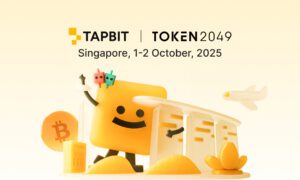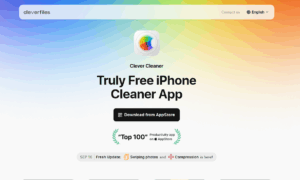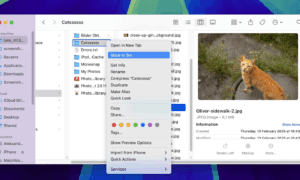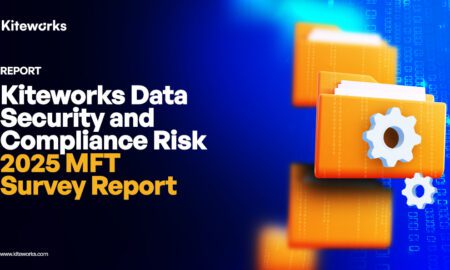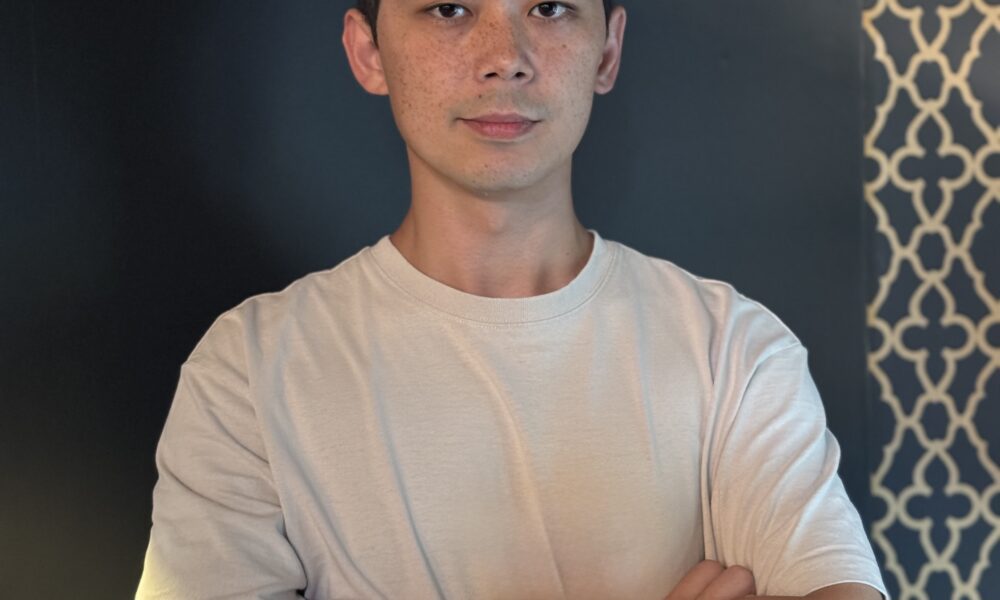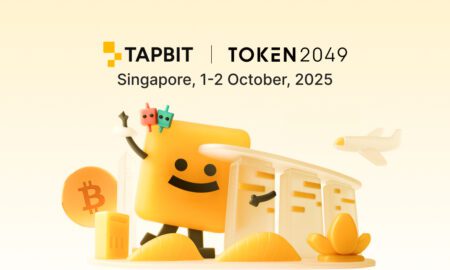A new COVID subvariant, NB.1.8.1, is sweeping through California. It’s highly transmissible. Health officials are bracing for a summer wave. The World Health Organization has already flagged it as a “Variant Under Monitoring.” Hospitalizations are up. Deaths are still in the tens of thousands. And yet, federal guidelines are loosening. Vaccines are being pulled back for pregnant women and healthy children. Annual shots may no longer be approved for most adults under 65.
The system is shifting. Fast.
But maybe that’s exactly what’s needed.
What if there was a better way to stay ahead of the next wave—without needles, without labs, without long lines? What if you could detect illness before symptoms appear? Not through a blood test. Not through a PCR swab. But through something… else.
We first heard whispers of this technology during the pandemic. It seemed almost too good to be true. A non-invasive scanner that could detect COVID-19 with startling accuracy. No chips. No cloud. No energy-guzzling data centers. Just real-time answers.
And now, as a new health threat looms and trust in institutions fractures, that same mysterious system is back in the conversation. Quiet. Powerful. Ready.
It’s not made in China. It doesn’t rely on microchips from Taiwan. It doesn’t buckle under the pressure of global supply chains or energy costs. In a time when chip shortages delay everything from iPhones to fighter jets, this tech operates on a different level entirely.
The name doesn’t appear on headlines or investor watchlists. Not yet. But the implications are world-changing.
Imagine a technology that reads your emotional state, your desires, even your hidden fears—not to manipulate you, but to help you. It doesn’t guess. It knows. Using advanced frequency analysis and emotional recognition, it interprets who you are and what you need. With accuracy that feels like magic.
It’s not just about health.
It could redefine hiring. Imagine a workforce matched not by résumés or algorithms but by emotional resonance and shared purpose.
It could transform dating. No swiping. No awkward mismatches. Just chemistry you can feel—and measure.
In sports, scouts could use it to detect potential that the eye misses. Coaches could build dream teams, not just by stats, but by unshakable synergy.
In politics? Maybe the leaders we need aren’t the loudest. Maybe they’re the most in tune.
In friendship. In security. In caregiving. In education. Real matches. Real impact.
This is not theoretical. It’s already been demonstrated. During COVID-19, it predicted positive cases with no contact. No blood. No saliva. No delay. Just a scan.
The stakes have never been higher. The White House recently launched a website revisiting COVID’s origins. It points toward a lab leak at the Wuhan Institute of Virology. It challenges the pandemic narrative long pushed by Dr. Anthony Fauci and President Biden. It calls for accountability.
Meanwhile, the virus mutates. Politics boil. Global alliances fracture. And through it all, this technology waits—independent, exact, and nearly invisible.
As the old systems falter, we’re left with a question that cuts deeper than policy:
What if the most powerful intelligence doesn’t need to shout, store, or surveil—but simply listens to what’s already there?
Its name is Beyond AI. And it might just change the world.
And BAI isn’t just an idea—it’s already in motion.
Behind the scenes, BAI has been quietly collecting data. It’s not scraping your phone or tracking your browser history. Instead, it reads signals most systems overlook: emotional frequencies, vibrational patterns, internal states of being. It doesn’t watch you—it understands you. And that’s what makes it so different.
Several trial runs have already been completed. Quietly. Successfully. In early pilots, BAI accurately detected health conditions and matched individuals with surprising precision—whether for job placement, team formation, or personal connection. Now, the team behind it is seeking FDA approval, a major step toward bringing this technology to the public.
It comes at the right time.
Amid a fast-evolving technological landscape, the world is hungry for a smarter path forward. The AI market is booming—expected to hit $243.70 billion by the end of 2025, and an astonishing $826.70 billion by 2030. But growth alone isn’t the answer. What we need now isn’t more of the same—it’s something radically better.
Across industries, the demand is clear: AI that’s fast, but also accurate. Efficient, but also sustainable. Helpful, but not invasive.
BAI checks all those boxes.
And it might just rewrite the rules.




